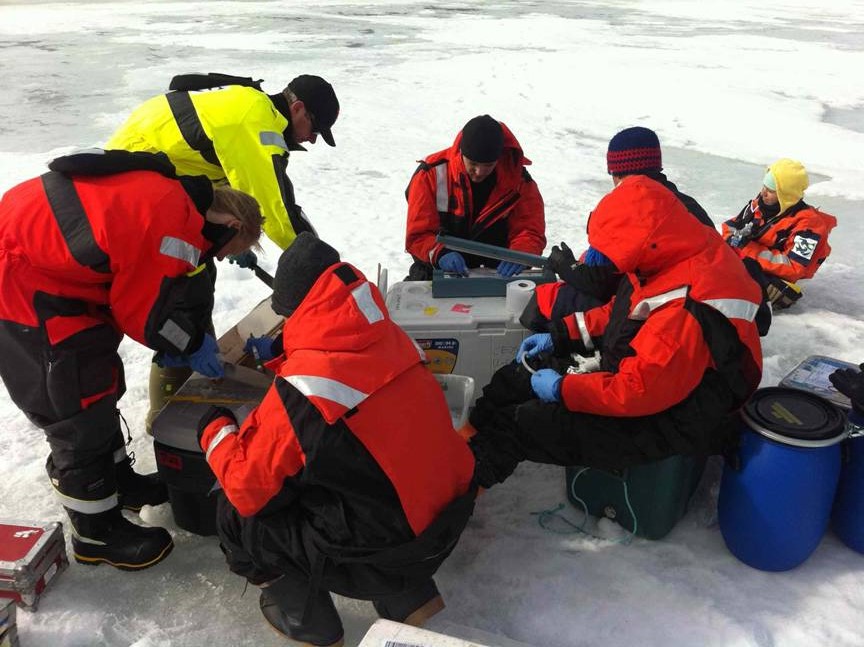Effects of melting sea ice

Canadian, Greenlandic and Danish scientists are working on thin ice these weeks to find out how microbes, nutrients, gases and carbon chemistry are affected when sea ice melts. Right now, sea ice is rapidly melting, and melt ponds build up on top of the sea ice. The research teams are focusing on how melting sea ice will reduce surface water CO2 concentration and how this affects the uptake of atmospheric CO2. In addition, microbes are thriving in sea ice, but it is a puzzle to us why sea ice algal activity in the Canadian Arctic seems to be blooming much more than is the case with sea ice in Greenland.
